By Jose German
American lawn culture originated in 19th century, inspired by French and English gardens. Stately mansions, palaces, and chateaus in Europe were symbols of social and economic status, sending the message that the owners were so wealthy they didn’t need the land for growing food, just for show. That landscaping philosophy was adopted by the new North American upper and middle classes, despite the fact that our climate is not hospitable to the northern European turfgrasses that thrive in English lawns. Today, that legacy remains strong, with people investing millions of dollars in lawn maintenance. DYI tv shows featuring perfect manicured lawns, along with the advertising campaigns of companies selling fertilizers and lawn treatments, have created an obsession with a perfect lawn. The situation has only gotten worse over the past half century; intruders such as violets and clover, once welcomed in American lawns, are now banished by herbicides to create a monoculture of turfgrass with roughly the ecological value of a parking lot.
Keeping a lawn lush and trimmed has environmental and social impacts. On a typical spring day in town, hundreds of mowers are polluting the environment with noxious fumes and noise. Keeping a lawn green through a hot and often dry New Jersey summer also requires frequent watering. And don’t forget the chemicals – synthetic fertilizers, herbicides, and pesticides – applied to the lawn in pursuit of the uniformly green ideal. Much of these are washed into our waterways, creating a multitude of environmental problems. What remains on your lawn is dangerous enough to require signs warning off children and pets. Ironic, since one of the rationales given for lawns is to create space for children and pets to play.
What can we do?
Let’s explore some alternative approaches to keep your yard attractive while reducing the environmental and financial costs of pursuing the “ideal” lawn.
Lawn Reduction. Lawn reduction will save time and energy spent on lawn maintenance, create less yard waste, and reduce water consumption. Sections of your lawn that were once chemically treated, constantly watered, and frequently mowed can be transformed into beautiful gardens hosting birds and pollinators or vegetable beds providing fresh produce for your family.
Mowing reduction during the summertime. Save money on weekly mowing services. Lawns grow slowly in summer’s heat, so you do not need to mow every week. If you mow your own lawn, sharpen the blades in autumn and keep the mower serviced. Mow when the weather is dry and cool. And keep in mind that, according to the EPA in 2008, “hour-for hour, gasoline powered lawn mowers produce eleven times as much as pollution as a new car.”
Stop using chemicals. Switch to organic and eco-friendly alternatives. Corn gluten is an organic weed preventer found in most local nurseries. Organic lawn fertilizers are available in most hardware stores and nurseries. Seed your lawn twice a year, in spring and in the fall; the thicker your lawn, the less possibility there is for weeds to grow.
Welcome diversity. Don’t buy the sterile monocultural vision we’ve been sold by landscaping companies and the chemical industry over the past few decades. Clover and violets are attractive and beneficial additions to a lawn.
“No Mow May”?
“No Mow May” is a new movement meant to assist bees and other pollinators by encouraging people not to mow during the month of May. A month-long break from the noise and fumes of power mowers is welcome, but what about the other months? When May ends, everything goes back to normal, except you will have a larger bill from your landscaper and possibly some fines to pay the township; in Montclair, as in most towns, it is illegal to neglect your landscaping. According to the (highly subjective) language of Ordinance 190, “Lawns, hedges, and bushes shall be kept trimmed and shall not be permitted to become overgrown and unsightly.” It’s not clear who gets to decide what constitutes “overgrown and unsightly,” but fines for violations can mount up to $2,000. Aside from questions of legality, most people react negatively to a space that appears unkempt. The overgrown lawns of “No Mow May” could cause a reaction in favor of the ecologically disastrous over-manicured lawns we’ve been sold on for the past 50 years.
How much does No Mow May actually help pollinators?
Turf grass, short or tall, has little to offer pollinating insects. Some of the weed species that will flower, most prominently dandelions, offer pollen that can be used by generalist bees such as bumblebees, but 25% of native bee species are specialists that depend on specific native plants; dandelions and most other flowering lawn weeds are of little use to them. Native butterflies also depend on mostly native host plants to complete their life cycles. With a few exceptions – notably violets – these plants will not tend to pop up in your unmowed May lawn.
To really help out pollinators, the best option is reducing lawn size in favor of beds featuring pollinator-friendly native plants. This will have a much larger impact than a one-month pause in mowing, especially if you also cut out herbicide and pesticide use on the remaining lawn. Lawn reduction is something best done gradually; start by replacing a corner or edge of your lawn with a small pollinator garden and expand it gradually season by season as time and energy allow. Even a small pollinator garden with three or four butterfly host plants can make a difference for the environment. And less lawn will mean less mowing from spring through fall, saving you money and leaving more time to enjoy your yard.
So, to mow or not to mow? The best choice is the third one: less lawn, less mowing, more flowers, bees, and butterflies. All season long.
